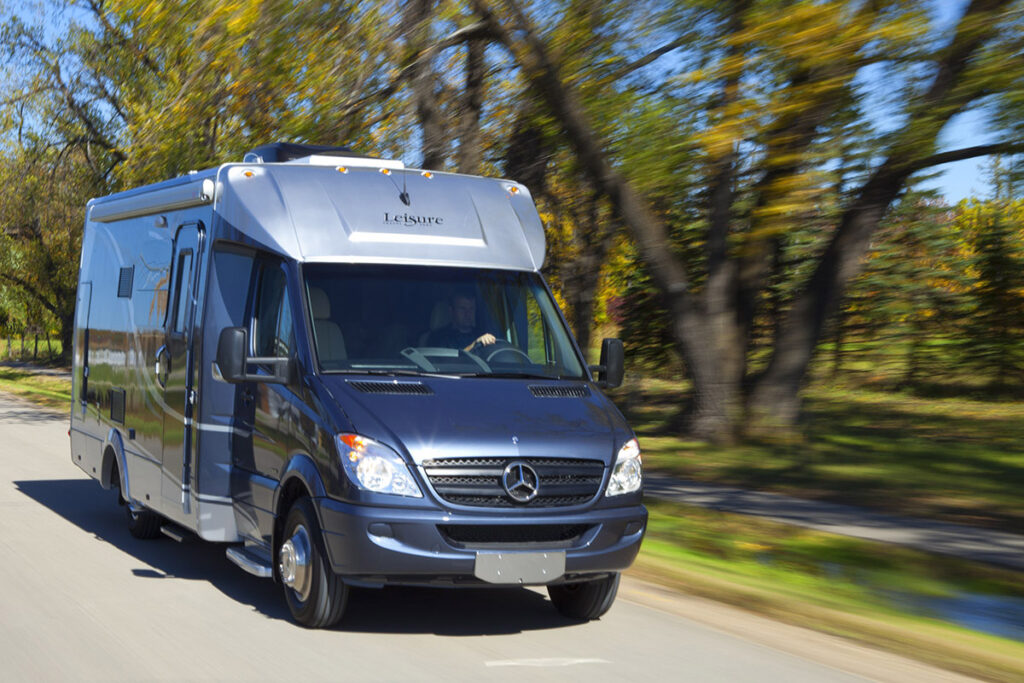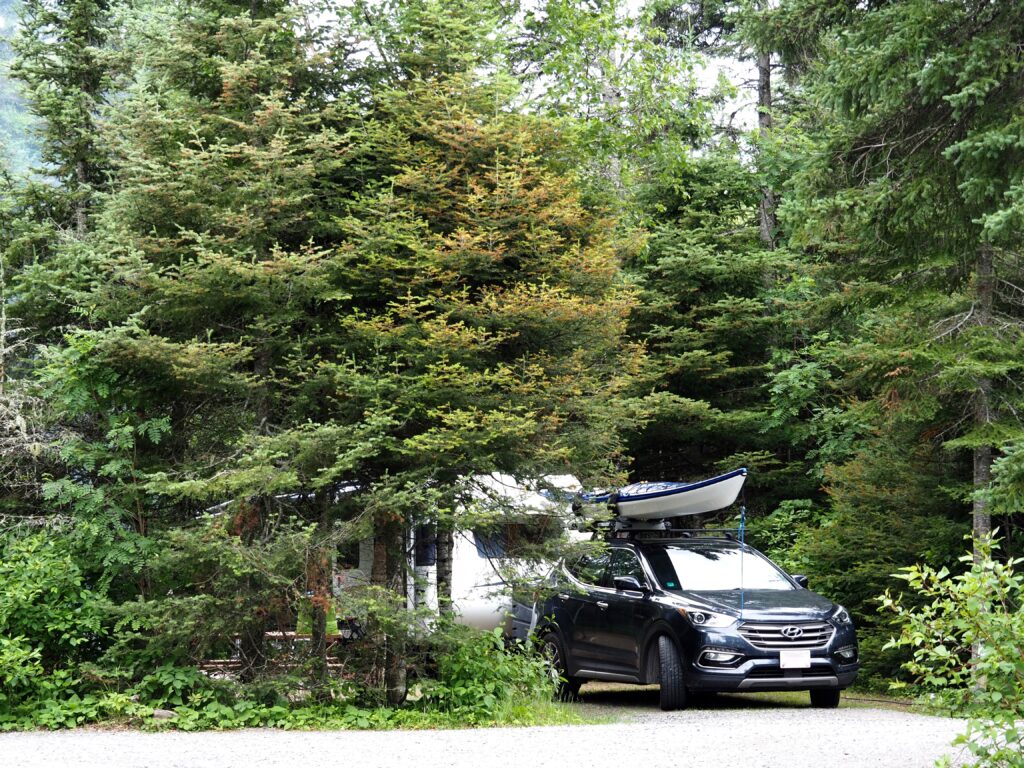Buying Your First RV: What You Need to Know
Now that you’ve decided to buy an RV, you have to determine what type you want. Before you settle on a specific type, think about what you will be using the RV for. Will you be retiring to travel around the country? Are you going to use it to take vacations? How many people are in your family? Are you considering camping with other friends? What can you afford?
Types of RVs
The type of RV you buy will depend on whether you want to drive your RV or tow it. Drivable RVs come in three different types: Class A, Class B and Class C. Class A RVs are usually diesel pushers that look like buses. Class C RVs look like a large van in the front. And Class B RVs are a smaller RV built on a van body.
The types of towables are travel trailers, fifth wheels and toy haulers. Additionally, you could choose from a park model, which is constructed to be put in one location as a vacation home but is still towable. Compare the benefits of towing or driving. In many cases, people prefer to tow so they have a vehicle to drive around in while the RV is at the park. Others prefer to drive while towing a small car to get around.
Towing an RV
If you opt for one of the towables, you must take several things into consideration, including your tow vehicle. Check the tow rating—you should be able to find it in the vehicle’s operating manual. If not, the dealership may be able to tell you the tow rating. The wet weight of the RV should not be higher than the tow rating for your truck. RVs have two weights: Dry weight and wet weight. Wet weight is when all of the tanks are filled and the RV is loaded with all of your gear.
If you don’t plan on buying a new vehicle, choose an RV that is within the tow rating. If you plan on buying a new vehicle, choose the RV first. That way, you are not restricted to whether you want a fifth wheel or ball hitch on the RV, and you won’t be limited by weight. You can then buy a truck that will tow the RV you choose.
Floor Plans and Size
When choosing a new RV, choose a size that you know will be comfortable. If you are a couple and don’t plan on inviting friends, a smaller RV with a slide may be big enough for you. If you have kids, you may want to look at something that sleeps six or eight or even a bunkhouse RV. If you plan on inviting friends to camp with you, you may want to look at a bunkhouse RV with a separate master and separate bunkhouse so that everyone has privacy.
As for size, RVs come in many different sizes. A 16-footer might be enough for the couple or a single person while a family may need something that is at least 30 feet long. Additionally, RVs come with no slides or several slides. If you need a lot of space, look for something with a super slide, which is one big slide in the living area or an RV with several slides, including one in the master bedroom. If you plan on camping in cooler weather, a larger RV may be better so that your family is not packed in like sardines.
Popular Options
Some of the options you may want to look for when purchasing an RV could make RVing even better. Options that are not necessarily standard on every RV include:
- More than one awning and electric awnings. Most RVs have one awning and it may be manual.
- A mount on the rear of the RV for bicycles or other sporting equipment.
- A trailer hitch on a drivable RV.
- Two doors, with the second door leading to the master suite or the bathroom.
- Electric stabilizing jacks. Also, make sure you don’t need extra stabilizing jacks, whether electric or manual.
- Upgraded upholstery and fabrics.
- Most RVs come with air conditioning, but it’s a good idea to make sure the one you pick does come with it if you want it.
- Upgraded exterior paint.
- Technology, including televisions and entertainment systems.
- A house-style fridge.
- Corner shower.
- Winterizing package.
- On-demand hot water heater.
Different brands may have different options or standard equipment. Always check the list of features before ordering your new RV.
RV Storage
If you don’t have the space to store your RV at home, check with the dealership or any of the RV storage facilities throughout Canada. During the winter months, make sure you winterize the RV so the plumbing doesn’t freeze. This means emptying all of the tanks, rinsing the gray and black storage tanks, making sure the hot water heater is empty and making sure all of the windows and storage bins are shut and locked.
If you are able to store your RV inside or under a carport designed for an RV, it will make it last even longer, since it won’t be exposed to the harsh Canadian weather. Never cover the RV with a tarp or other non-breathable material as condensation could build up under the tarp and cause more damage.
Financing
When you purchase an RV, you may have to finance it, depending on your financial situation. Or, even if you could pay cash, you may want to finance it. RV may be amortized for up to 20 years, making your dream RV more affordable than you thought. As with any type of financing, check around to make sure you get the best rate possible.
Insurance
I know, I know… you’re thinking “Not yet another thing I need to insure.” However, like with any other vehicle on the road, you’ll need to get insurance for your trailer or motorhome to ensure it’s covered in the case of an unforeseen event. The key to remember is to make sure you’re dealing with a company that understands and specializes in RV insurance to ensure your investment is properly covered.
Making a List and Checking it Twice
RVing is amazing, but it is a long-term investment. So before you start looking at RVs, make a list of everything you would like to have. Mark items that are “deal-breakers.” If you make a list with the features you are looking for, you won’t get sidetracked and forget about a feature that might be important to you.





